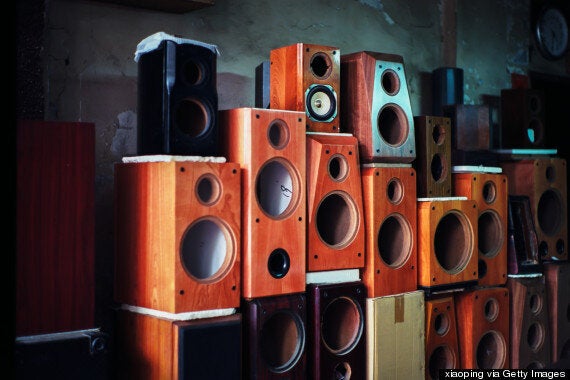Technical speaker specifications aren't everyone's choice of bedtime reading.
Phrases such as 'near field' and 'ultra linear frequency response' tend to only have audiophiles grinning over their Horlicks.
But getting to grips with the basics can help you draw a budgetary line in the sand. And stop you spending more (or less) than you need.
When looking at specifications, there are two main things to consider:
- Output power
- Frequency response
There are of course secondary considerations - how the speakers look, how many devices you can plug into them, and their portability. But when it comes to how they sound, these are the two things that really matter.

Output power refers to how loud they can go, and still accurately reproduce the sound of the original source. In a small room you could get away with power of 10-20W. But for a larger average room, you're looking at 40W. And naturally the bigger the space, the more power is required.
The frequency response refers to how well the speaker plays music at high and low frequencies. For example, if the specification says 'flat response from 50Hz to 2.5kHz' then the speaker should pay music accurately at all those frequencies with no distortions.
In practical terms, this means a speaker that can reliably reproduce everything from from drum 'n' bass, to a soprano aria. And the wider their versatility, the more they will cost.
If you mainly listen to pop, there's a good chance you'll never need such a high-spec speaker. This is where it's worth trying them out with your own music, to see what makes you happy.
Click through our gallery to see why you might want to spend a bit more...